THE DOMESTIC SPACE
Domestic workers: Dora “Dörchen” Richter (1891 – 1933?)

Dora Richter worked as a housekeeper at Hirschfeld’s Institute of Sexology. Here she could present as female whereas she had to use her birth name when working as a waiter in Berlin hotels during the busy summer season to make money. Richter was one of the first trans people to receive surgery to confirm her gender identity. Dora was not the only trans person employed by the Institute. As it was difficult to get a job when someone’s gender didn’t match the one they were assigned at birth, the Institute employed many former ‘patients’.
The sexual physician Dr. Levy-Lenz, who joined the Institute in 1925, recalls the domestic personnel as follows: “It was, moreover, very difficult for transvestites to find a job. (…) As we knew this and as only few places of work were willing to employ transvestites, we did everything we could to give such people a job at our Institute. For instance, we had five maids – all of them male transvestites, and I shall never forget the sight one day when I happened to go into the Institute’s kitchen after work: there they sat close together, the five “girls”, peacefully knitting and sewing and singing old folk-songs. These were, in any case, the best, most hardworking and conscientious domestic workers we ever had. Never ever did a stranger visiting us notice anything…”
Image: Dora Richter – Magnus Hirschfeld Society
Visitors: Christopher Isherwood (1904-1986) and Til Brugman (1888-1958)
Many people, from international authors and artists to visiting scientists and members of the public, visited the Institute. Not all of them enjoyed spending time at the Institute at first. The gay British writer Christopher Isherwood, for instance, visited Berlin in the 1920s. He stayed with his friend Francis who lived in a flat owned by Magnus Hirschfeld’s sister, Franziska Mann, right next door to the Institute.
‘Christopher giggled because he was embarrassed. He was embarrassed because, at last, he was being brought face to face with his tribe. Up to now, he had behaved as though the tribe didn’t exist and homosexuality were a private way of life discovered by himself and a few friends. He had always known, of course, that this wasn’t true. But now he was forced to admit kinship with these freakish fellow-tribesmen and their distasteful customs. And he didn’t like it. His first reaction was to blame the Institute. He said to himself, how can they take this stuff so seriously?’ (Christopher and his Kind, p. 20)

In 1931, the Dutch author Til Brugman, pictured here with her partner, the Dada artist Hannah Höch, also visited the Institute. She wrote a short fictional story in which she describes the Institute as a “Department Store of Love”.

“Department Store OF LOVE. LOVE IN ALL PRICE BRACKETS.
LOVE FOR EVERY TASTE. […] COME AT ONCE ……. COME TODAY !!!!!!!!!! COME NOW ……!!!!!”
Image: Til Brugman and Hannah Höch, Magnus Hirschfeld Society
Social Events
Many social events took place at the Institute, including Christmas parties for staff and costume balls. The line between doctors, staff, “patients” and residents was often blurred.
“In the old Palais Joachim, the founders of the Institute, Magnus Hirschfeld, Arthur Kronfeld and Friedrich Wertheim, had their chambers and, at the same time, Hirschfeld, his friend, Karl Giese, as well as Kronfeld lived at the Institute. Chambers and private quarters were not strictly separated. On the ground floor, for instance, there was a living-cum-dining-room as well as a small lecture hall. On the first floor, Hirschfeld and Giese had their private rooms which, however, were kept open for parties and smaller social gatherings.” (Magnus Hirschfeld Society)
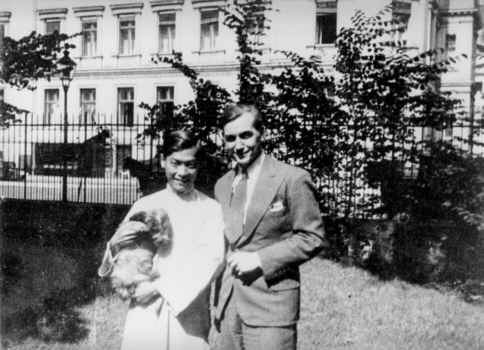
Hirschfeld’s boyfriends, Li Shiu Tong (left) and Karl Giese (right) (1932). 
A Christmas party held for domestic workers. 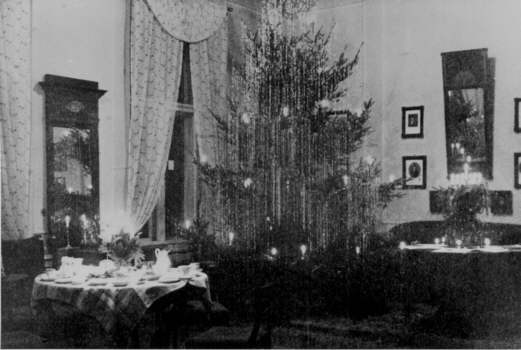
Christmas at the Institute, 1930. 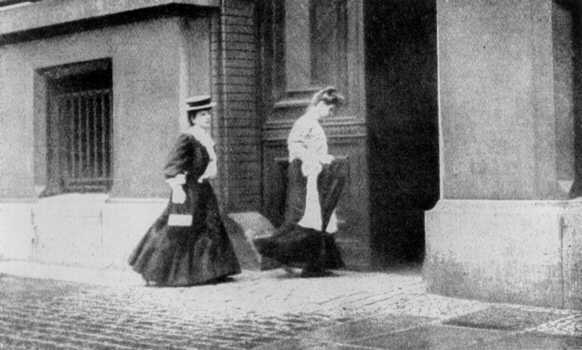
Going into the Institute 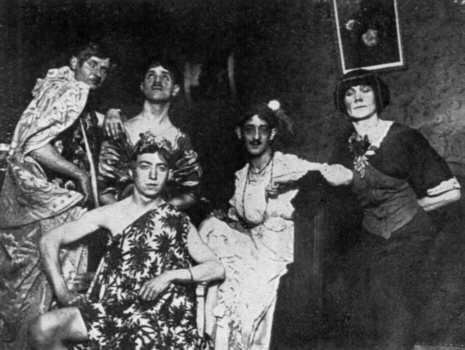
party at the Institute 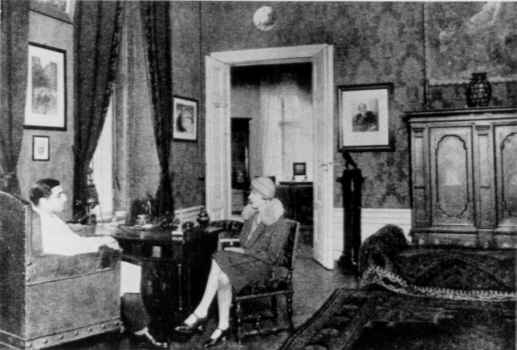
Inside the Institute
